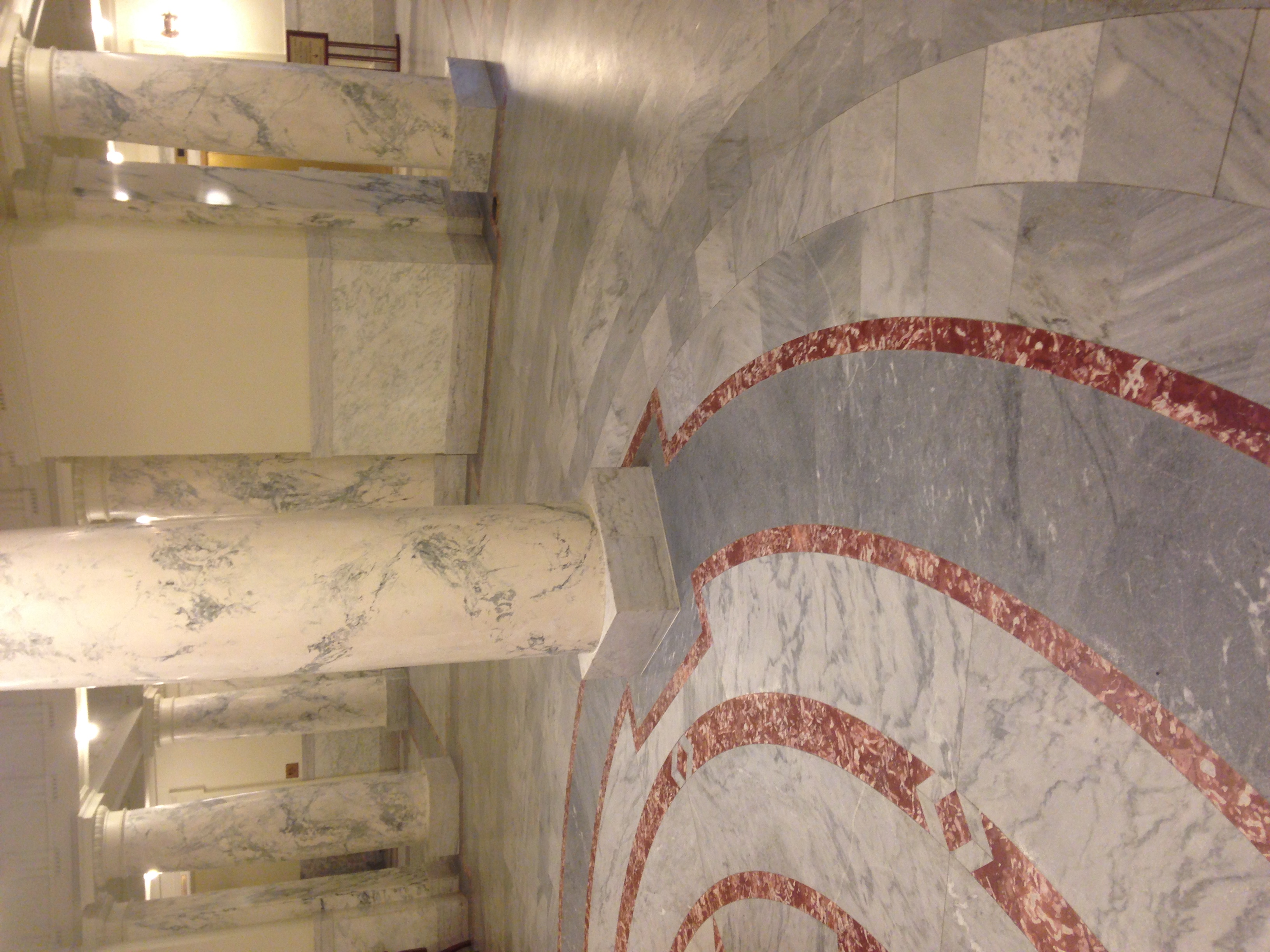
Uploaded on 2016-12-22 by Samantha Martin
I was first going to write on the very new construction in downtown Boise, Idaho of the J.R Simplot headquarters which is a global agriculture company. I found an article in the locale paper that says; "Simplot’s new headquarters is made of: 16,800 yards of concrete 515 tons of structural steel 3.3 million feet of electrical wire More than 6,000 LED light fixtures More than 3,700 outlets and light switches The nine-story, 265,000-square-foot headquarters has a gray facade designed to look like crop fields. The company averages $6 billion in annual revenues and operates overseas in Canada, Mexico, Australia and China."-Zach Kyle Idaho Statesman. Which has been the only information I could find on the materials involved in the construction. Most of these materials were likely imported from the cheapest supplier. This made me question who is responsible for sharing the history of the construction materials. Is it the developers, architects, construction company, or the company that will occupy the space? As I further thought about this task I decided I would go to a distinct United States building known as the Capital building for the sate of Idaho, every state in the U.S. has a capital building. Here I present a photo of the marble involved in the construction of the state Capital building built in 1912. I believe this is a good example of a global economy from over a hundred years ago because of this specific material and a technique that has been sourced and used globally throughout history. Marble has been used in construction for thousands of years in ancient Egyptian and Mesopotamian cultures. Marble can be sourced from different places found from different areas of the globe. Marble can bear immense weight and help support structures. Marble has been a symbol of beauty and wealth. To help cut cost of using pure marble the columns in the photo use sixteenth century technique originating from Italy called 'Scagliola' which uses a mixture of marble dust, glue, gypsum and dyed granite to make it look like marble. The marble on the floor can be traced to quarries in Georgia, Alaska, Vermont and Italy. Quarries are not a sustainable practice to get marble into the hands of consumers. Even if a place can find local marble, they can still choose to import other colors of marble from different quarries around the world. If construction wants to involve marble, it is usually imported and seen as a symbol of wealth and beauty.